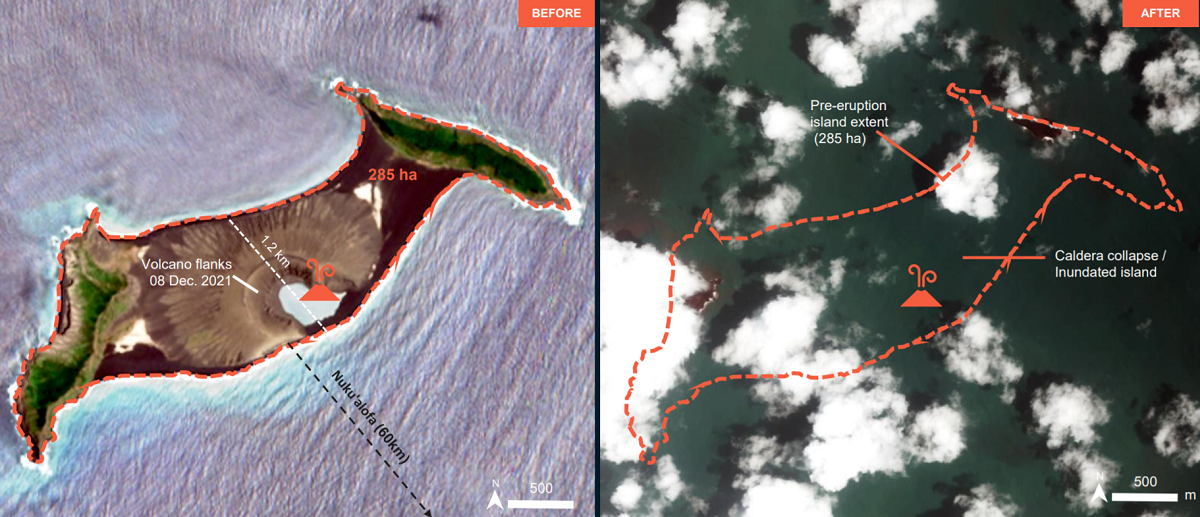Researchers at Virginia Tech have proposed a radical paradigm shift, arguing that a true revolution in wireless technology hinges on the integration of next-generation artificial intelligence (AI) capable of exhibiting human-like reasoning and planning.
In a recent newspaper, Walid Saad, professor in the College of Engineering and the Next-G Wireless Lead at the Virginia Tech Innovation Campus outlined that a true revolution in wireless technologies is only possible through endowing the system with the next generation of AI that can think, imagine, and plan akin to humans, to unlock unprecedented performance and ushering in a new era of AI evolution.
Previous generations of wireless networks have been enhanced in core components, such as new antennas and communication technologies that have improved performance. However, according to the researchers, the transition from 5G to 6G while incorporating AI architectures into wireless systems, cannot meet the ever-increasing demands of future processing and networking needs.
They focused on the metaverse and building on what is currently being explored in 6G. However, using classical AI tools that are designed for other tasks such as computer vision, makes them limited in many ways when it comes to communication networks.
While humans develop common sense through a world model and understanding the intuitive physics of the environment, current AI systems are trained on data. Therefore, these AI systems cannot reasonably navigate unforeseen scenarios.
On the other hand, recent research suggests a more radical trajectory, one where the evolution of wireless networks intertwines with the ambitious quest for Artificial General Intelligence (AGI). This architecture addresses a critical deficiency in current network capabilities, including the inability to effectively handle unforeseen obstacles and extrapolate from existing data to predict novel scenarios.
This approach represents a significant departure from the AI-native wireless systems anticipated with 6G.
The ultimate goal is to create a network imbued with human-level intelligence, learned at the intersection of the digital world and future wireless networks. This AGI-native network can then, in turn, bestow some of its acquired common-sense abilities upon digital twins, giving rise to a new generation of human-like AI agents.
The journey towards the “telecom brain” is a challenging but potentially transformative endeavor, promising to redefine the very nature of wireless communication and artificial intelligence.







